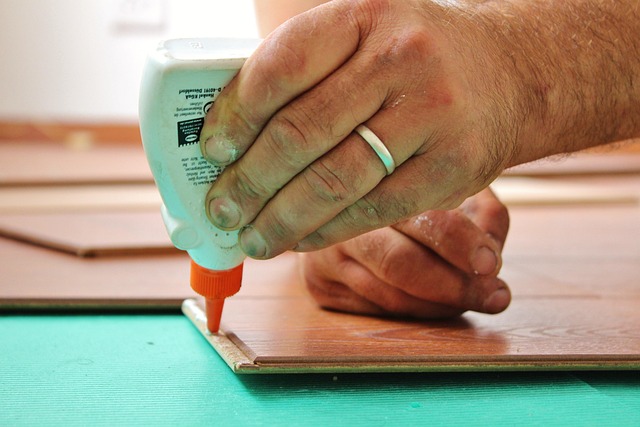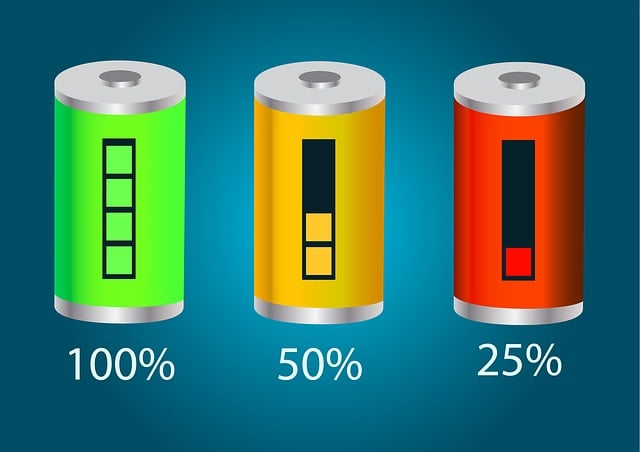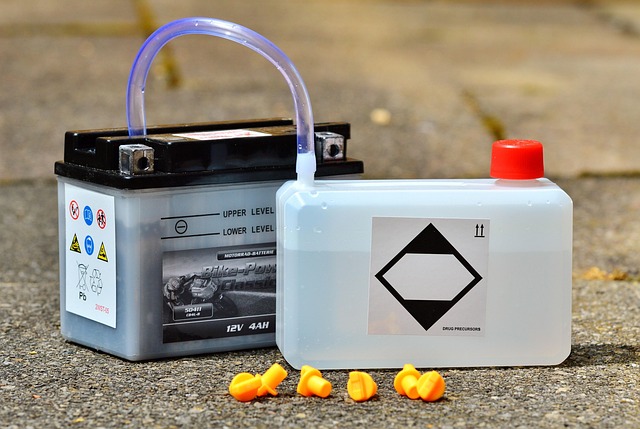Glue laminated beams (GLBs), made from SPF lumber and bonded with high-performance glues, offer superior strength-to-weight ratios in construction. Epoxy resin adhesives enhance structural integrity, fire/water resistance, and cost-effectiveness over traditional methods. Types of Glue Laminated Beams use a meticulous layering process, providing durable, efficient, and environmentally friendly solutions for residential and commercial projects.
“In construction, the choice of joining methods for beams significantly impacts cost and project outcomes. This article delves into a comprehensive cost analysis between traditional glue lamination and alternative techniques like mechanical fasteners and welding for beam construction. We explore the properties and applications of various types of glues used in laminated beams, their environmental impact, and longevity. By comparing these methods, we aim to provide insights for professionals navigating the world of glue-laminated beams.”
- Understanding Glue Laminated Beams: Materials & Construction
- Traditional Glue: Properties & Applications in Beam Joinery
- Exploring Alternatives: Mechanical Fasteners & Welding Techniques
- Cost Comparison: Glue vs. Alternative Joining Methods for Beams
- Environmental Impact & Longevity Considerations for Beam Construction
Understanding Glue Laminated Beams: Materials & Construction

Glue laminated beams, also known as GLB or glue laminations, are engineered wooden products created through a meticulous fabrication process. This method involves bonding multiple layers of lumber together with high-performance glues to create sturdy and uniform structural elements. The construction process starts by selecting specific grades of wood, typically softwoods like spruce, pine, and fir (SPF), which are known for their strength and dimensional stability. These boards are carefully chosen to ensure consistent quality throughout the final product.
The glue laminated beam fabrication process involves layering the selected lumber, applying a precise amount of adhesive between each layer, and then pressing them together under controlled conditions. This bonding creates a strong, seamless connection between the wood layers. The resulting beams offer exceptional strength-to-weight ratios, making them a popular choice for various construction applications. Whether it’s for residential building projects or commercial structures, these beams provide a cost-effective glue option for wooden beams, especially when compared to traditional joinery methods. For more information and expert advice on GLBs, give us a call at (607) 369-9341.
Traditional Glue: Properties & Applications in Beam Joinery

Traditional Glue, specifically epoxy resin adhesives, plays a pivotal role in various construction projects involving laminated beams. These powerful bonding agents have revolutionized the way wood beams are joined, offering superior strength and durability compared to traditional joining methods. When it comes to laminating beams, epoxy resin adhesive applications in construction have emerged as a game-changer. Its unique properties ensure a robust and long-lasting connection between individual beam segments.
The glue laminated beam fabrication process involves carefully aligning the wood layers or laminaates and applying the epoxy resin adhesive evenly across the joint surfaces. After curing, the resulting structure exhibits exceptional mechanical properties, enabling it to support significant structural loads. Moreover, compared to other joining techniques, gluing offers advantages such as minimal dimensional changes, superior fire resistance, and excellent water resistance. For the best glues for laminating wood beams, consider visiting us at 18 Clifton St, Unadilla, NY 13849 anytime to explore our range of high-performance adhesives suitable for your construction needs.
Exploring Alternatives: Mechanical Fasteners & Welding Techniques

In the realm of structural integrity, exploring alternatives to traditional glue for joining beams is akin to unearthing a hidden symphony within a bustling metropolis. Beyond the conventional, mechanical fasteners and welding techniques emerge as powerful contenders in the pursuit of robust connections. These innovative methods offer a dynamic contrast to the reliable yet sometimes limiting properties of certain glues.
Consider the versatile nature of mechanical fasteners, such as bolts and screws, which have long been staples in construction. Their precise placement and the ability to distribute stress evenly make them suitable for various beam applications. Similarly, welding techniques, employing power and precision, create indelible bonds, particularly effective for high-strength, industrial-grade glue laminated beam systems designed for residential buildings. Exploring these alternatives opens doors to enhanced structural design possibilities, as evidenced by the growing use of epoxy resin adhesives in construction for their superior strength and versatility. Visit us at 18 Clifton St, Unadilla, NY 13849 anytime to discover more about innovative uses of glue in structural engineering that merge tradition with modern advancements.
Cost Comparison: Glue vs. Alternative Joining Methods for Beams

When comparing the cost of gluing versus alternative joining methods for beams, several key factors come into play. Types of glue laminated beams have significantly evolved, offering an efficient and durable solution for structural connections. The traditional glue laminating process involves carefully layering and bonding wood or other materials using high-performance adhesives, resulting in strong, reliable joints. This method is particularly advantageous for steel I-beams when adhering to best practices for gluing steel I-beams, ensuring structural integrity and long-term performance.
While alternative joining methods exist, such as bolting or welding, they often come with higher labor costs and material expenses. For instance, glue laminated beam fabrication processes can streamline production, reduce waste, and lower overall project expenses, especially in residential building construction where glue laminated beam systems are increasingly popular. Given the versatility and efficiency of these systems, interested parties should consider reaching out to industry experts at (607) 369-9341 for more insights into the cost-effective benefits of gluing as a reliable joining technique.
Environmental Impact & Longevity Considerations for Beam Construction

In the realm of beam construction, environmental impact and structural longevity are paramount considerations. When evaluating glue versus alternative joining methods for beams, especially in the context of Types of Glue Laminated Beams, natural resin based adhesives for timber beams stand out. These adhesives not only offer exceptional bonding strength, enhancing the overall durability of the structure, but also contribute to a more sustainable approach by reducing material waste and minimizing the environmental footprint compared to traditional construction methods.
Glue laminated beam systems for residential buildings have proven their mettle in terms of strength and longevity. The use of high-quality glue laminating processes creates beams with superior structural integrity, capable of withstanding significant loads over extended periods. Moreover, these systems can be tailored to specific architectural needs, making them a flexible and efficient solution. For those seeking the best for their construction projects, it’s worth considering the benefits offered by glue laminated wooden beams. Give us a call at (607) 369-9341 to learn more about how these innovative joining methods can enhance your building’s strength and longevity.
In comparing glue laminating techniques to alternative joining methods for beams, this analysis reveals significant cost savings and environmental benefits associated with glue. While traditional glue possesses excellent bonding strength and versatility, modern alternatives like mechanical fasteners and welding offer enhanced durability and speed. Ultimately, the choice between these methods depends on project specifications, structural demands, and budget constraints. For environmentally conscious builders, glue laminating beams presents a superior option due to reduced material waste and lower carbon emissions, making it a sustainable choice for various construction projects.














